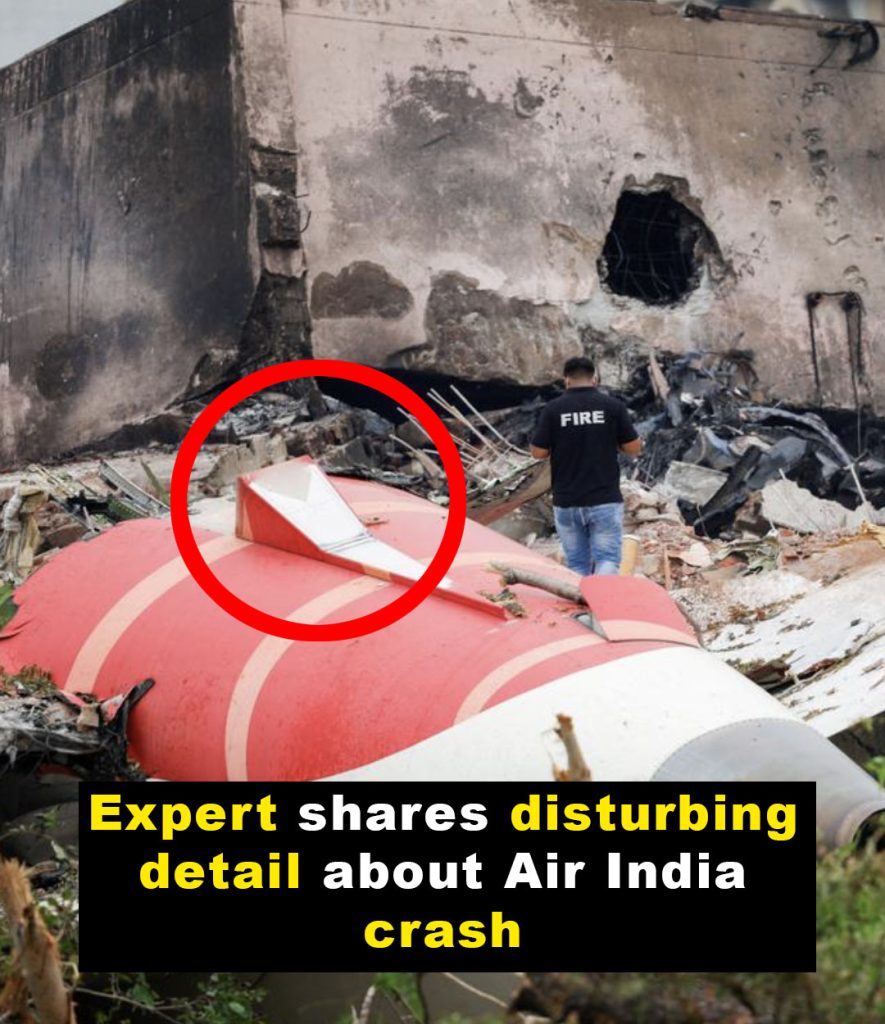The tragic crash of Air India Flight A171 on Thursday has shaken the world, leaving over 260 people dead in a catastrophe that has yet to be fully understood. As authorities continue to investigate the cause of the disaster, a black box has been recovered from the scene, and aviation experts have begun to piece together possible explanations for what might have gone wrong.

The accident occurred just moments after takeoff from Ahmedabad Airport in India. The Boeing 787-8 Dreamliner, en route to Gatwick Airport in the United Kingdom, crashed into a residential neighborhood, killing 241 of the 242 people on board. Several residents on the ground also lost their lives due to the impact and ensuing fire. The area struck was home to many medical students, doctors, and their families, according to reports from The Guardian.
The aircraft had reached an altitude of only about 190 meters when the pilots issued a mayday call to air traffic control. Within seconds, the plane lost altitude and crashed, sending flames and debris into the surrounding buildings. Witnesses described scenes of horror, with people jumping from second and third floors of burning buildings to escape the blaze. First responders rushed to the site, where they encountered burning wreckage and bodies scattered across the area. Poonam Patni, a local resident, told Agence France-Presse that several bodies were charred and the firefighters were desperately working to extinguish the flames.
Air India Chairman Natarajan Chandrasekaran addressed the tragedy from Ahmedabad, confirming that the airline is actively working with Boeing and GE Aerospace to support the ongoing investigation. “I’ve also asked them to send their best experts to work with us in this process. They are very supportive,” Chandrasekaran said in a statement to CNBC-TV18. He assured the public that a team of specialists is already on the ground, doing everything they can to determine what caused the disaster.
Investigators have recovered one of the aircraft’s two black boxes. While its data has yet to be analyzed, the recovery is considered a crucial step toward understanding what led to the crash. Aviation experts have cautioned against drawing early conclusions, emphasizing that a comprehensive analysis of the black box and the flight data recorder is necessary to determine the cause.
Despite the caution from officials, several aviation analysts have begun offering early theories based on the available information. Dr. Sonya Brown, a senior lecturer in aerospace design at the University of New South Wales, suggested that the crash may have been caused by a stall due to a significant loss of thrust. “Thrust effectively makes you go faster, and aircraft lift is proportional to speed squared,” she explained. “So if you don’t have thrust and you lose speed – and radar data suggests that after the initial short climb, the aircraft was losing speed – you can stall.” Brown added that it’s still unclear what could have caused the loss of thrust.
Footage of the crash supports this theory, showing the plane initially ascending from the runway before losing momentum and crashing in a fiery explosion behind a line of trees. The disturbing video has left the public and experts alike searching for answers, as over 260 people are now confirmed dead.
Professor John McDermid, who holds the Lloyd’s Register Chair of Safety at the University of York, emphasized in an interview with the Mirror that takeoff and landing are the most dangerous phases of any flight. “Accidents from cruise are very unusual,” he stated. “It’s surprising that the accident occurred before the aircraft had even reached 200 meters altitude.” McDermid believes the issue likely developed very quickly during the final part of the takeoff roll or shortly after liftoff. He also noted that the crash was unlikely to have been caused by excess weight or too much fuel, adding that pilots are trained to abort takeoff under certain conditions, suggesting that the incident was sudden and severe.
Meteorological factors also appear to have played no role in the accident. Professor Paul Williams, an atmospheric scientist at the University of Reading, reviewed the weather data at the time of the crash and reported “good visibility and light winds from the west.” He confirmed that there is currently “no indication that turbulence or other weather conditions were a factor in the crash.”
Professor Graham Braithwaite, Director of Aerospace and Aviation at Cranfield University, noted the significance of this being the first major accident involving a Boeing 787. “Takeoff is a critical stage because the aircraft is still accelerating, and any problem-solving requires a rapid response,” he explained. His comments highlight how difficult it can be for even experienced pilots to respond effectively to issues that arise during the earliest moments of flight.
Terry Tozer, a former airline pilot, echoed the caution expressed by other experts. In a statement to GB News, Tozer said it is “far too early to speculate” about the definitive cause. However, he added, “The aircraft should have been able to take a fairly substantial failure and continue to take off safely. It is a puzzle why something so catastrophic should happen.”
As the world waits for answers, the focus remains on a thorough and transparent investigation. The victims’ families are grieving an unimaginable loss, and aviation professionals across the globe are watching closely in hopes of learning lessons that can prevent such tragedies in the future. For now, all we can do is send our deepest condolences to the families of those lost in the crash. May the victims rest in peace, and may the truth come to light soon to bring them justice and closure.





